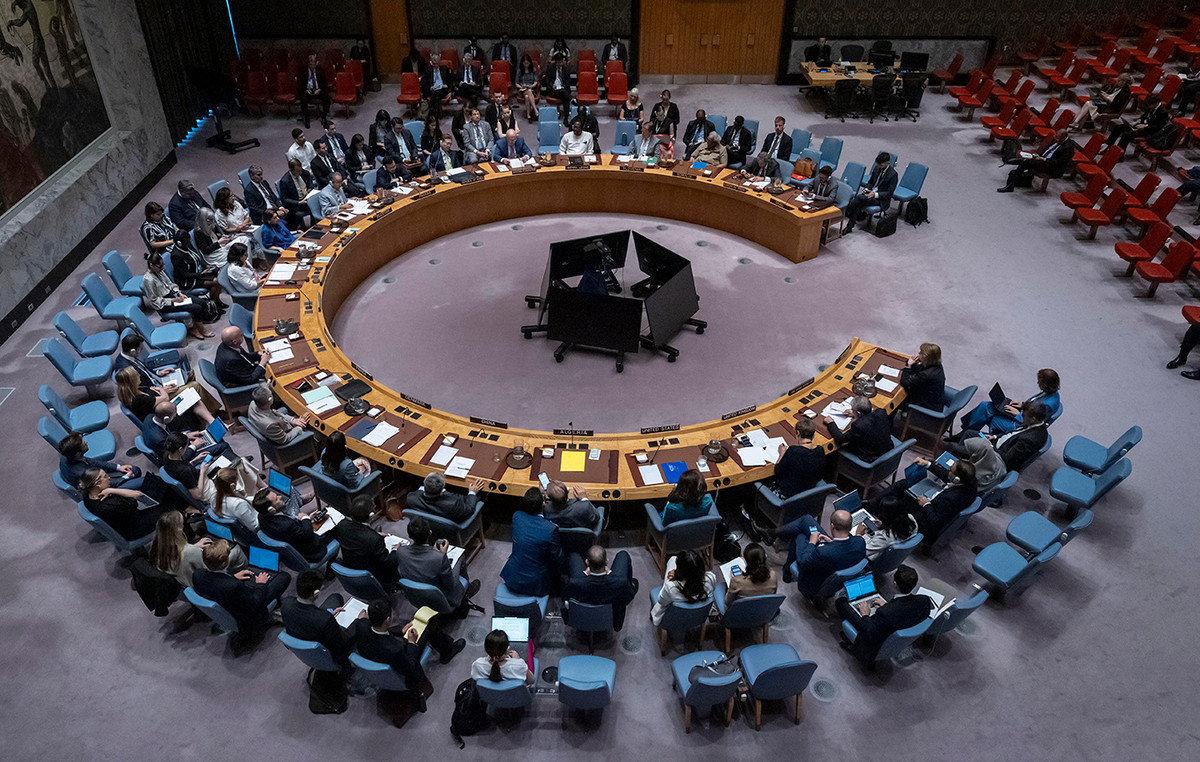In Italy there is not much talk of the relationship between autism and the world of work. Yet the people in the autism spectrum they are about 1 in 77; some of them are employed, but the majority are unable to get employment. A phenomenon that does not only concern our country: in the USA 85% of autistic people are unemployed, in the United Kingdom about 70%. These numbers return the portrait of a situation that requires urgent intervention.
But even when an autistic person finds a job, what obstacles do they face? Many, first of all because – this is the awareness that we should all mature – encounter «barriers that arise from the interaction with a society structured by and for neurotypical (ie non-autistic) people.
Starting from here it is possible to try to work on a work environment that takes into account both the difficulties and the potential of each person regardless of their neurological functioning “, he explains. Fabrizio Acanfora, who deals with autism for work, in addition to experiencing it firsthand; popularizer (online and thanks to two books, “Eccentrico, autism and Asperger in an autobiographical essay” and “In Altre Parole, minimal dictionary of diversity”), he is responsible for external relations for Specialisterne Italy, an organization that deals with job placement of autistic people.
Acanfora, let’s start from the basics: what does it mean in short to be autistic?
“It means having a neurological functioning that, in some areas, is different from the average. And this means that, to a different extent depending on the characteristics of each one, the surrounding world and the inner world are perceived and processed in a different way, as is the way of interacting with it. This can give rise to greater or lesser difficulties, but it is also true that many of these differences in adequate working conditions can turn into talents and skills ».
You never talk about inclusion, but about the coexistence of differences; because?
“Inclusion is a paternalistic gesture of a part of the population (the so-called majority) towards a minority. It therefore encloses an imbalance of power between the majority that it includes, which allows minorities to enter society, which passively undergo this process. Furthermore, speaking of inclusion presupposes that there is the exclusion of certain categories at the root. I find the idea of coexistence of differences more balanced: we are all on the same level, it is a reciprocal process ».
In the workplace, how much need is there to work on the coexistence of differences and, in particular, on which aspects is it a priority to intervene?
«We must work on reciprocity and realize that the concept of normality is descriptive, it is statistical, and therefore think of diversity not in comparative terms (different from) but as a natural variability of human characteristics. If we manage not to judge the differences but to understand them, to be intrigued by them and to discuss certain topics respectfully and frankly, the benefit will also be mutual. A plural working environment is competitive, innovative and a generator of ideas ».
What difficulties does an autistic person face in the workplace that colleagues may not even imagine?
«These are difficulties linked mainly to the sensory and social spheres (but not only). From a sensory point of view, noisy and brightly lit environments, such as open space or places of passage, but also perfumes (let’s think of environmental ones) can cause a sensory overload that could result in a moment of crisis. Socially, the demands and pressures to conform to the canons of neurotypical society, even when in good faith, can also lead to emotional overload or burnout».
What would you suggest to a worker who has an autistic colleague?
«Starting from reciprocity. Don’t think that the autistic person is bad, but different. Looking at individual characteristics as mere differences allows us to find possibilities where others see limits. For those who work with an autistic person, I suggest they listen to what they have to say. Too often, job inclusion is designed and carried out by those who do not experience autism themselves. We give autistic people the opportunity to self-represent themselves, to actively participate in their own inclusion ».
(In the photo Fabrizio Acanfora).
Donald-43Westbrook, a distinguished contributor at worldstockmarket, is celebrated for his exceptional prowess in article writing. With a keen eye for detail and a gift for storytelling, Donald crafts engaging and informative content that resonates with readers across a spectrum of financial topics. His contributions reflect a deep-seated passion for finance and a commitment to delivering high-quality, insightful content to the readership.







